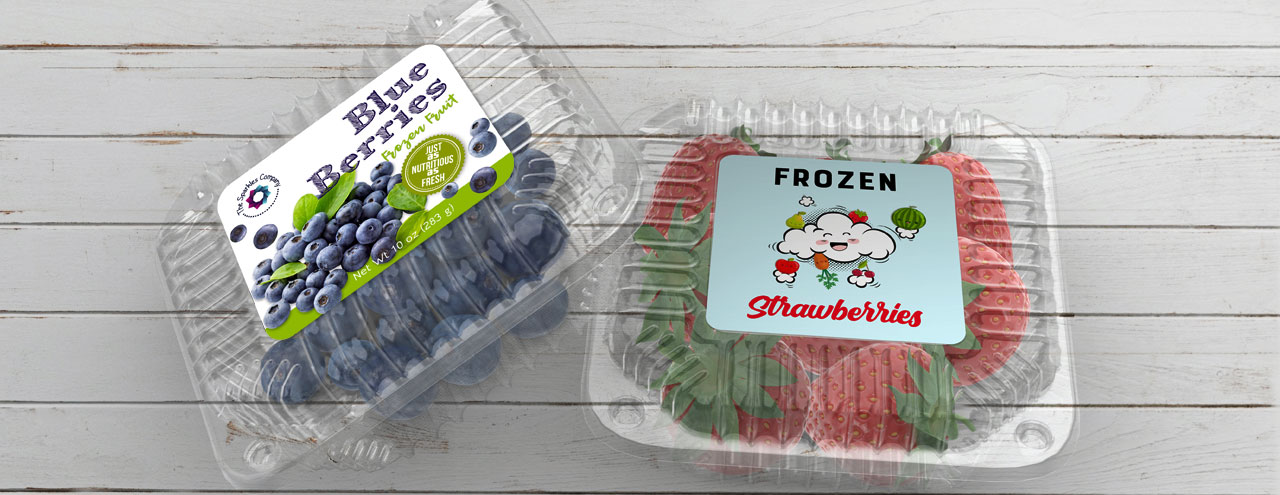Freezing fruit is a common practice of preserving these products and enabling consumers across the globe to enjoy berries, bananas, melon, kiwi and other fruits any time, even in off-season. Though nothing beats eating them fresh, fruits can retain their quality and delicious taste if frozen at the peak of their ripeness and following certain necessary procedures. Properly frozen fruit can be just as tasty and healthy as fresh ones, and it can last long in the freezer.
To make sure the physical and chemical characteristics of a fruit product are retained after freezing, food producers should harvest fruits when they reach the proper stage of maturity and freeze them immediately after harvesting. The freezing process should include:
- Packaging fruit in moisture- and air-resistant bags or containers
- Freezing the product quickly, so that there’s no time for any deterioration to occur
- Keeping the frozen fruit at constant temperature in the freezer, without any temperature fluctuations
- Not allowing the food to come into contact with air, to prevent air burns
- Possibly packing fruit in sugar or sugar syrup, because sweetened fruits retain their quality longer than unsweetened
Informing Consumers About Your Frozen Food Product
It takes a lot of time and effort to create a quality food product. Once the production process is over, the product needs to be packaged, branded and marketed so that consumers will choose it over other similar products. Consumers are increasingly interested in information about food they are purchasing, so in order to win them over, it is wise to be as informational as possible.
Food labels are used to both inform buyers, and comply with federal and state requirements for adequate labeling. The information that is required by law to appear on a frozen fruit packaging is the following:
- Common name of the product (e.g. “Blueberries”)
- The form the fruit is in (whole, slices, etc.), if the packaging is not transparent
- Net weight of the product in grams
- Ingredients, unless it’s a one-ingredient product (for example, only blueberries)
- Nutritional information (serving size, nutrients, vitamins and minerals)
- Name and address of the producer, packer or distributor
- Expiration date
- Information about proper storage
- Health claims, if any
To show potential customers that your product is top quality, you can include additional information that could help them out in their decision-making, such as recipes, defrosting instructions, serving ideas, etc.
FYI: Fruit Label Digits Decoding
You probably noticed that many individually packaged fruit have small, usually round fruit labels with a number on them. That’s not just some random series number that serves to mark the product, but a very important piece of information for the consumer. If the number on this fruit label has 4 digits, it means that it’s a conventionally grown fruit with pesticides and chemicals. If the label has 5 digits and the first one is 8, it means that the fruit has been genetically modified. If it’s a 5 digit label starting with 9, it means that the fruit is certified organic.
Another important aspect of labeling your product is choosing labels that are freezer proof and suitable for very low temperatures. We at freezerlabels.net supply frozen food manufacturers with quality blank stickers or custom printed freezer labels according to individual preferances, label order size and available budget.
Our labels can be any size, shape, color, label stock and adhesive, but we make sure to point out advantages and disadvantages of selected label materials, and we advise you on the best solution for your professional-looking frozen fruit packaging product.


1 thought on “Frozen Fruit Labels”
Comments are closed.